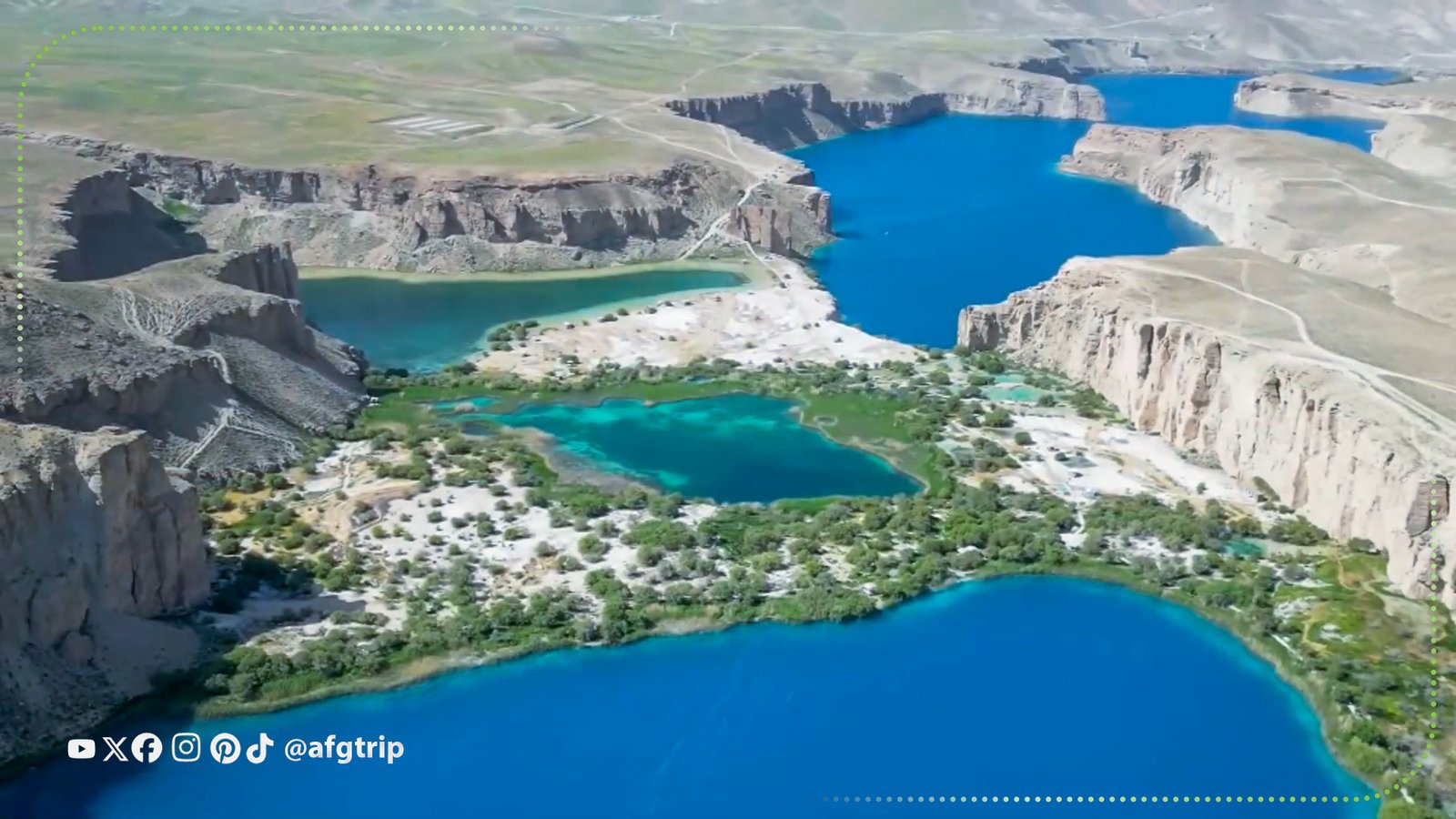At an altitude of about 3,000 meters above sea level, in the middle of barren lands and rugged mountains, lies a breathtaking wonder — a chain of crystal-clear, turquoise-blue lakes that captivate every visitor at first sight. This is Band-e Amir, Afghanistan’s first national park and one of the rarest natural treasures in the world. Band-e Amir is a collection of stunning lakes named Zulfiqar, Pudina, Paneer, Haibat, and Gholaman. Remarkably, these lakes are naturally separated from one another, nestled among the towering mountains of the eastern Hindu Kush and the Koh-i-Baba range.
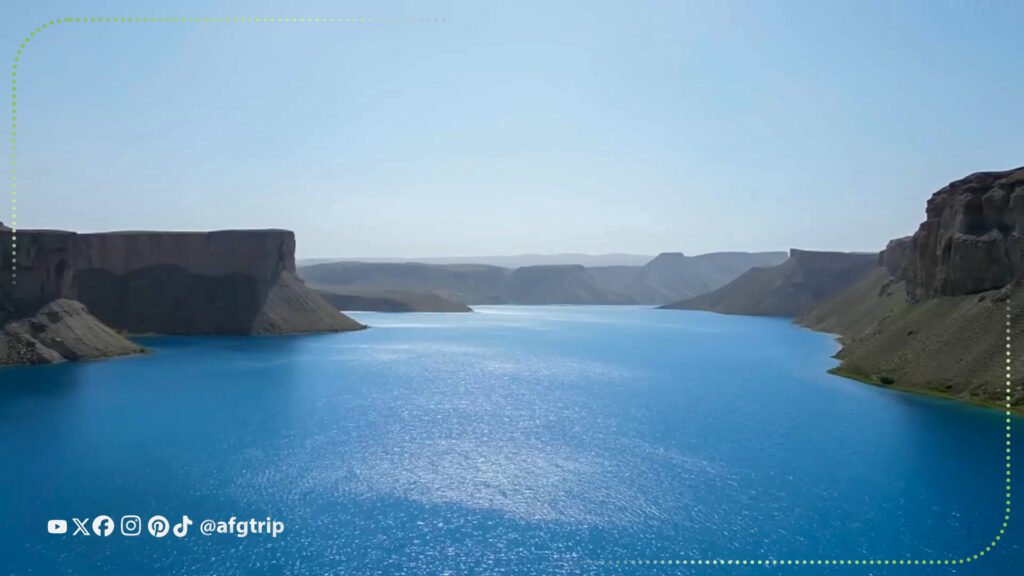
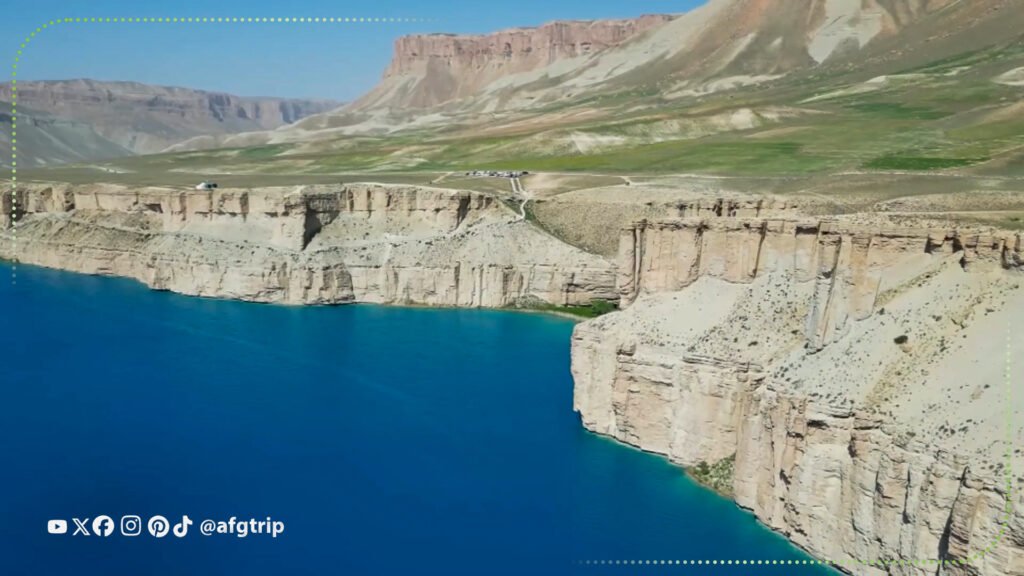
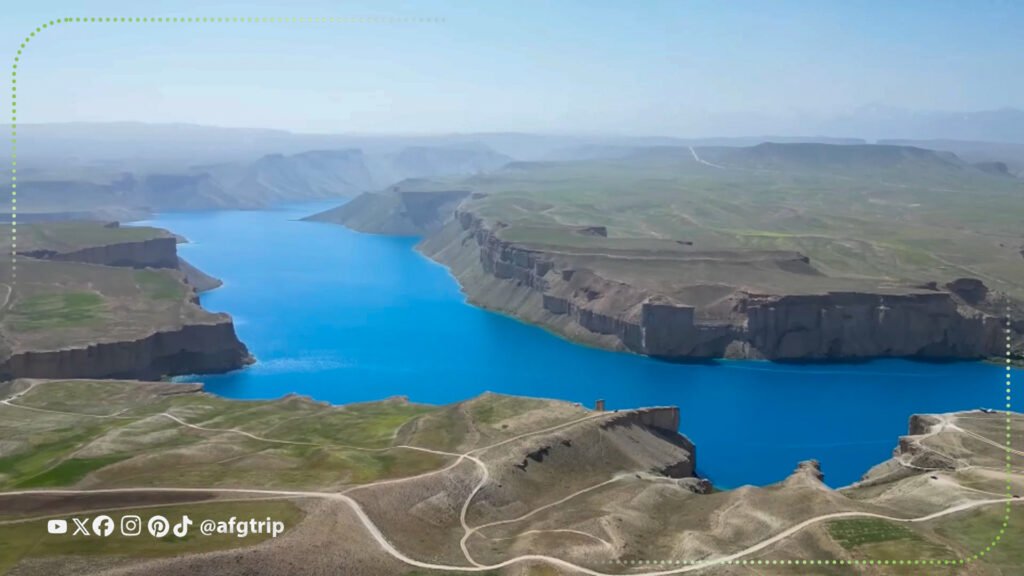
Legends Behind the Names
The exact origins of the lakes’ names remain uncertain, but fascinating folklore connects them to Imam Ali, the fourth caliph of Islam. According to legend, he attempted to stop devastating floods by building dams: first with his sword, then with mint (pudina), later with cheese (paneer), and finally by striking rocks with his awe-inspiring force, forming Lake Haibat. It is said that his followers, the “Gholaman,” built the last dam, giving the lakes their legendary names.
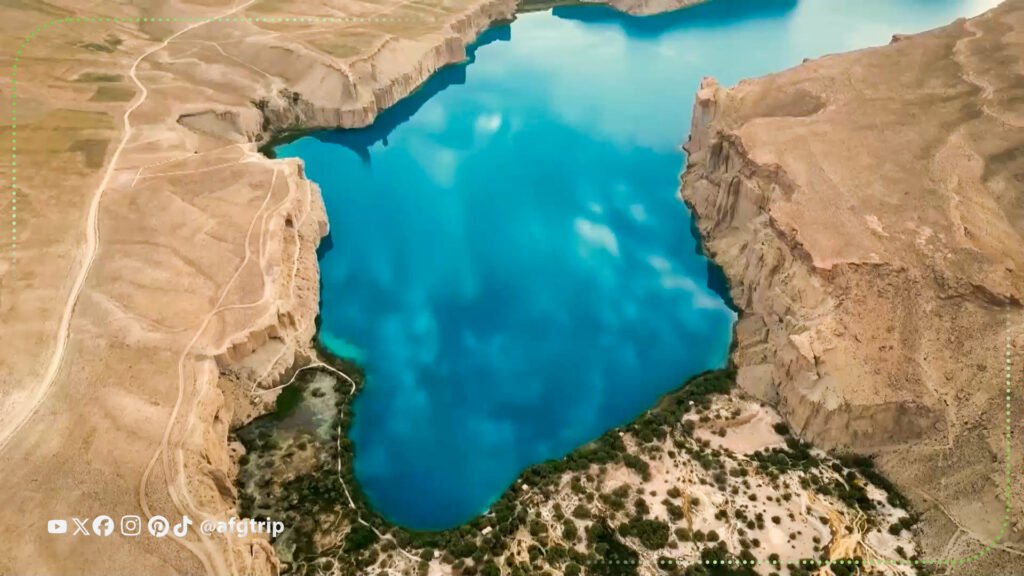
The Lakes of Band-e-Amir
The lakes are fed by the Kapparak spring, located about 9 miles away.
Largest lake: Haibat, Covering 490 hectares.
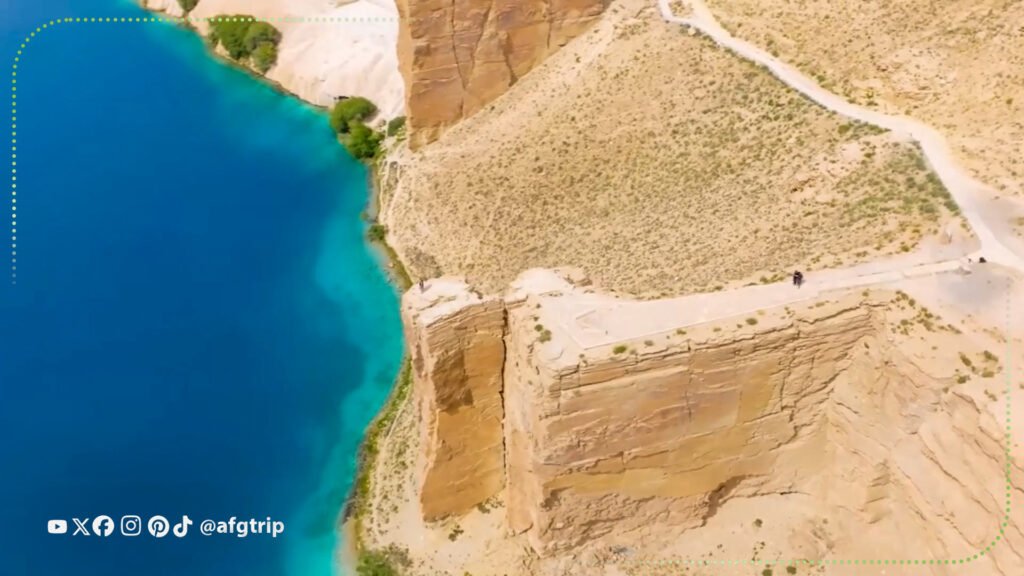
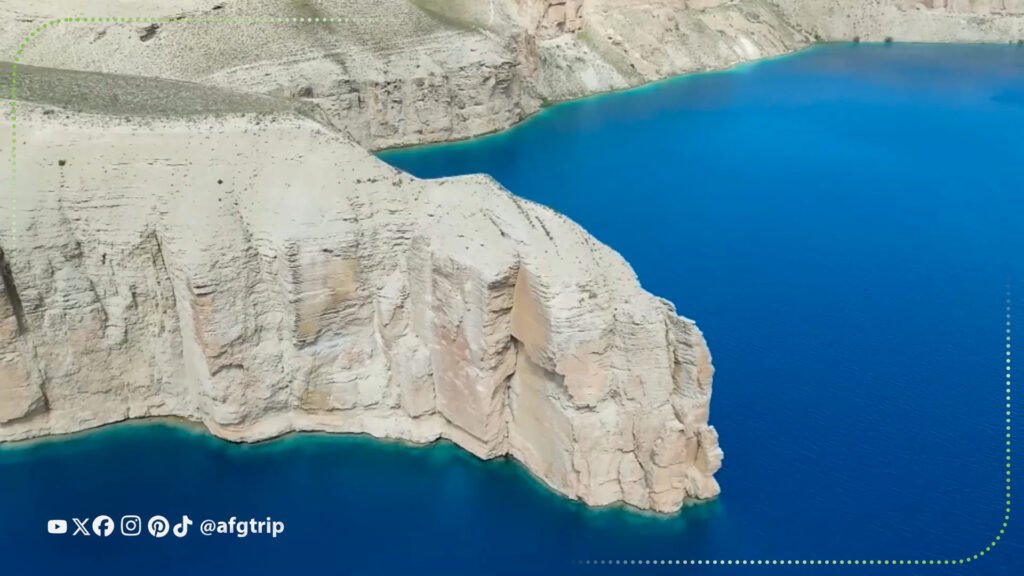
Smallest lake: Gholaman.
Deepest and most beautiful lake: Haibat, with its sapphire-blue waters and a depth of 50 meters. Another unique feature is the white travertine walls of Paneer Lake and the steep natural travertine formations surrounding the lakes — a geological phenomenon so rare that it exists in only a few places on Earth.
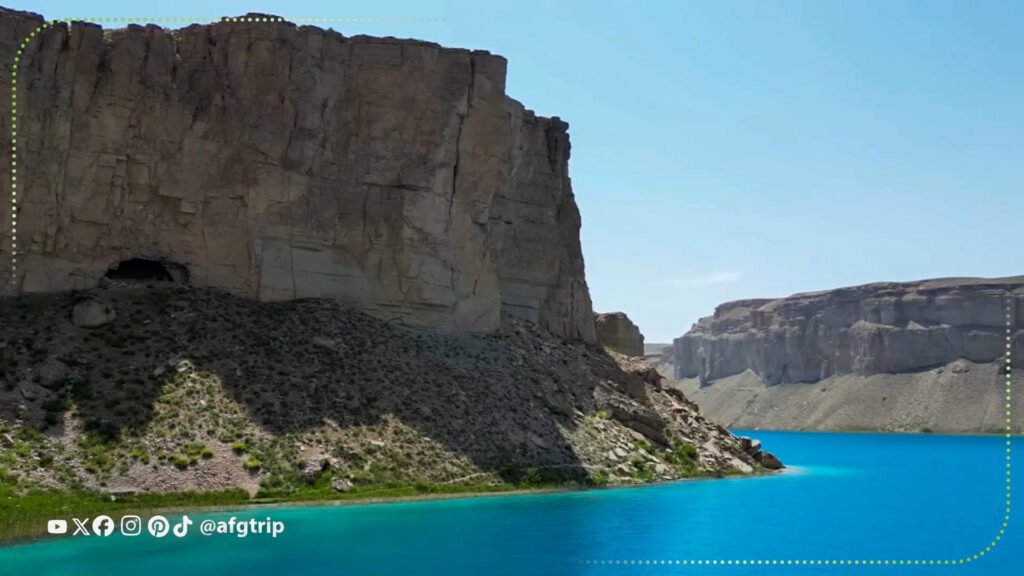
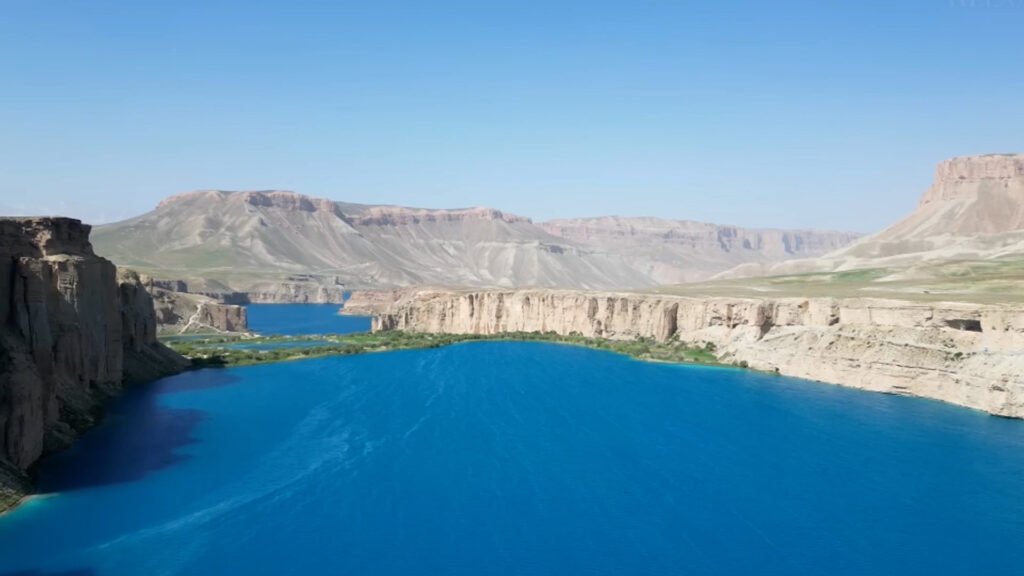
Wildlife Around Band-e-Amir
The area is also home to rich wildlife, including mountain sheep, gazelles, wolves, and foxes. Golden-colored fish live in the lakes, adding to their charm and beauty.
